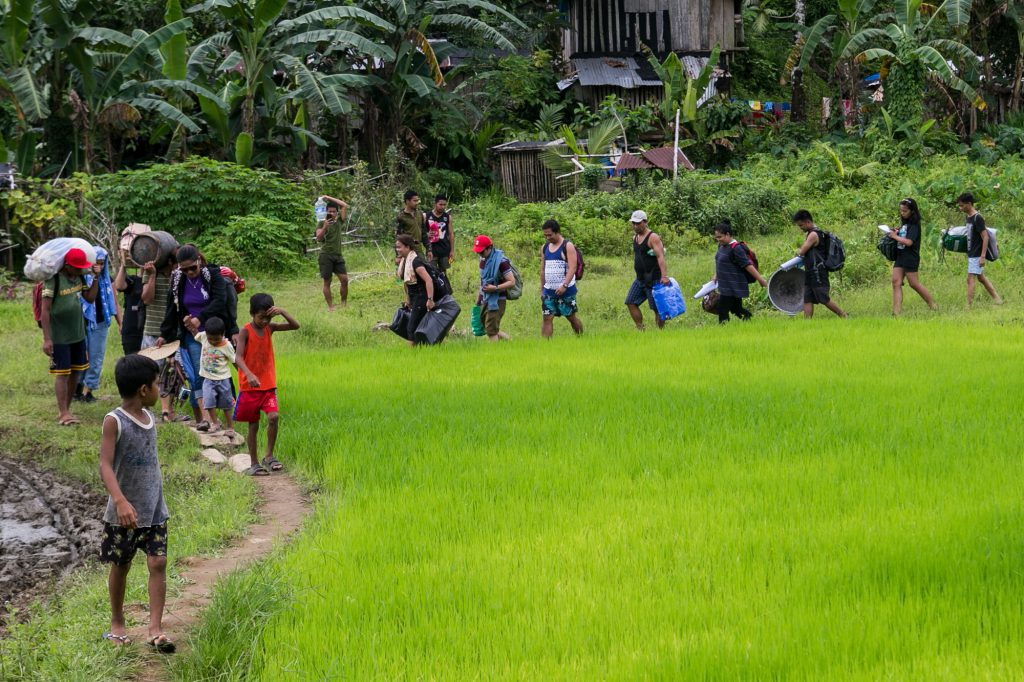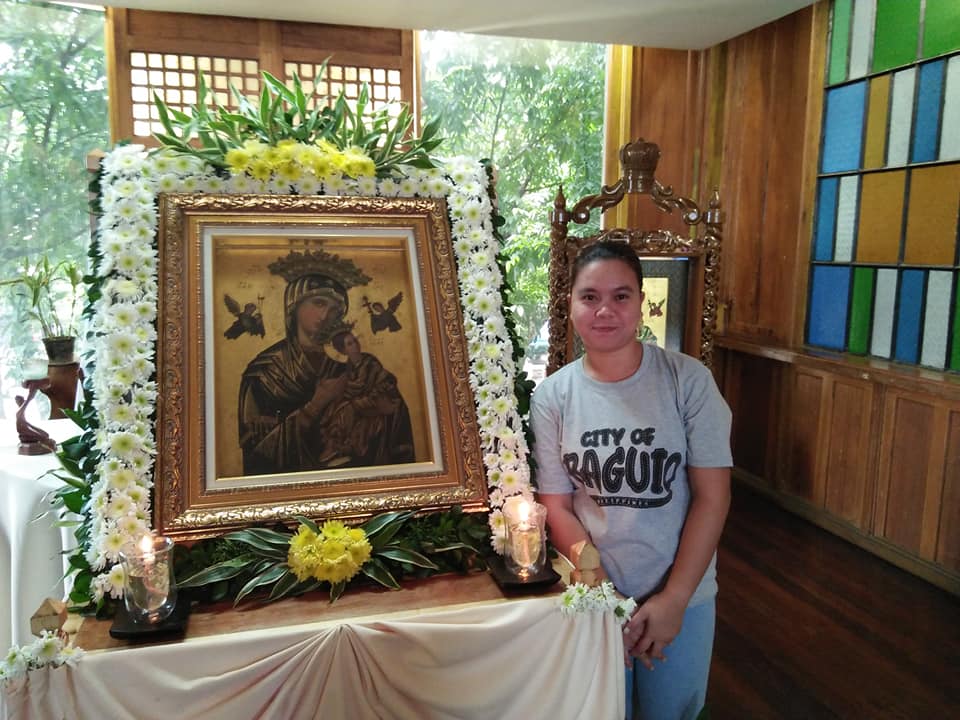
She thought she already knew who the Blessed Virgin Mary is until she responded to the call of the mission in the Philippines’ poorest communities.
Fonseca Caballero, a 26-year old lay Redemptorist missionary, grew up in a devout Catholic family in Catanduanes province, south of Manila.
She said she cannot now remember how her devotion to the Blessed Virgin Mary started, “but I feel so closed and so loved by Mother Mary since I was a young girl.”
That “strange feeling of closeness” to the Virgin Mary inspired Caballero, or Mae to her friends, to seek a deeper understanding of her devotion.
She served as a parish volunteer and joined various Marian organizations to satisfy the “undying longing” toward the Virgin Mary.
“In spite of it, I still felt wanting,” she said. “I know something was missing and my devotion will remain shallow if I can’t find that missing part,” she told LiCAS.news.
Four years ago, Mae met a group of Redemptorist missionaries who invited her to join in “missions” to different communities to introduce the devotion to the Our Mother of Perpetual Help.
“They carry the image of the Holy Mother, but they don’t talk too much about her. They don’t preach to convince the people to become devotees,” she said.
“Instead, the missionaries help the villagers in their daily routine. They help them in the fields during the cropping or harvest season. They volunteer to cook for the community. They teach children how to read and write,” recalled Mae.
One day, on their way to the next village, a Redemptorist priest told Mae that people should know the Our Mother of Perpetual Help through “actions, not words.”
“He told me that ‘devotion’ is not complete if it is not translated into actions to help others, especially those who are most abandoned,” said Mae.
Mae realized that her “feeling of continuous longingness” toward the Virgin Mary “was an invitation for me to take part in the mission.”
A few weeks later, Mae went to the Redemptorist Vice Province in Manila and joined the congregation as a lay missionary.
She was assigned in a mission area in Rizal province where the Redemptorist congregation serves seven farming villages and tribal communities.

Transforming faith into action
In the mission area, Mae immersed herself with the people by accompanying them in their everyday chores. She teaches Catechesis and talks about “why we are here.”
She admitted that the most difficult part of the mission is when they have to go to villages that are under distress due to armed conflict, or when there are cases of rights abuses.
In 2018, Mae and other missionaries responded to a call for aid of a tribal community that was affected by massive military operations in the region.
More than 600 members of the Dumagat tribe in Rizal were displaced due to fighting between government forces and communist rebels.
Two members of the tribe were killed and were accused of being rebels. As a result, the tribal people were prohibited to go to the mountains to work and harvest their crops.
“Long walks and the heavy loads are nothing. We can endure that. What’s hard is when you see people are suffering because of injustices,” she said.
Mae said apart from providing relief packs to tribal people, her mission includes helping the people “fight for their right to a safe and peaceful environment.”
“Delivering food to the hungry is not enough. We must seek an answer to the question ‘Why there are people who have no food on their table?’” she said.
Mae said there are times that missionaries like her become targets of harassment because “we choose to amplify the voice of those who are not heard in this society.”

Reynaldo Barnido, executive director of Duyog Marawi, a rehabilitation project of the Catholic Prelature of Marawi and the Redemptorists, said missionaries “draw passion” from their devotion to the Virgin Mary.
He said the Blessed Virgin Mary’s role in the mission of the Church “inspires many devotees to translate their devotion into a concrete involvement in the missionary life.”
“A lot of missionaries look up at the Virgin Mary’s fiat. Her willingness to volunteer in God’s salvific mission without condition,” he said.
He said missionaries “try to be like that every day,” adding that when they get tired, “we go back to that memory that a lowly young woman said ‘yes’ to God’s invitation.”
“If she didn’t answer God’s call and put her trust in him, we would not be here,” he said.
Barnido said that like Mary, missionaries are “steadfast” and “they believe that God will grant our needs.”
As a missionary himself, Barnido said he starts his day with Mary’s words, “Do anything He tells you to do.”
“And true enough, the grace pours when we said ‘yes’ to His invitation to be a church arm to the poor and the oppressed,” said Barnido.
He said that the Blessed Virgin Mary’s “contemplative stance” serves as a source of courage and passion for many missionaries.
“She ponders everything in her heart. And that is our stance when it comes to the experiences in difficult missions — to see everything in the light of faith,” said Barnido.
As for Mae, she said she finally found that “missing part” in her devotion to the Blessed Virgin Mary.
“That part is the people. Devotion is incomplete without the people who must gain from our burning admiration of the role of our Mother Mary to the ‘Church of the Poor,’” she said.
Source: Licas Philippines
0 Comments